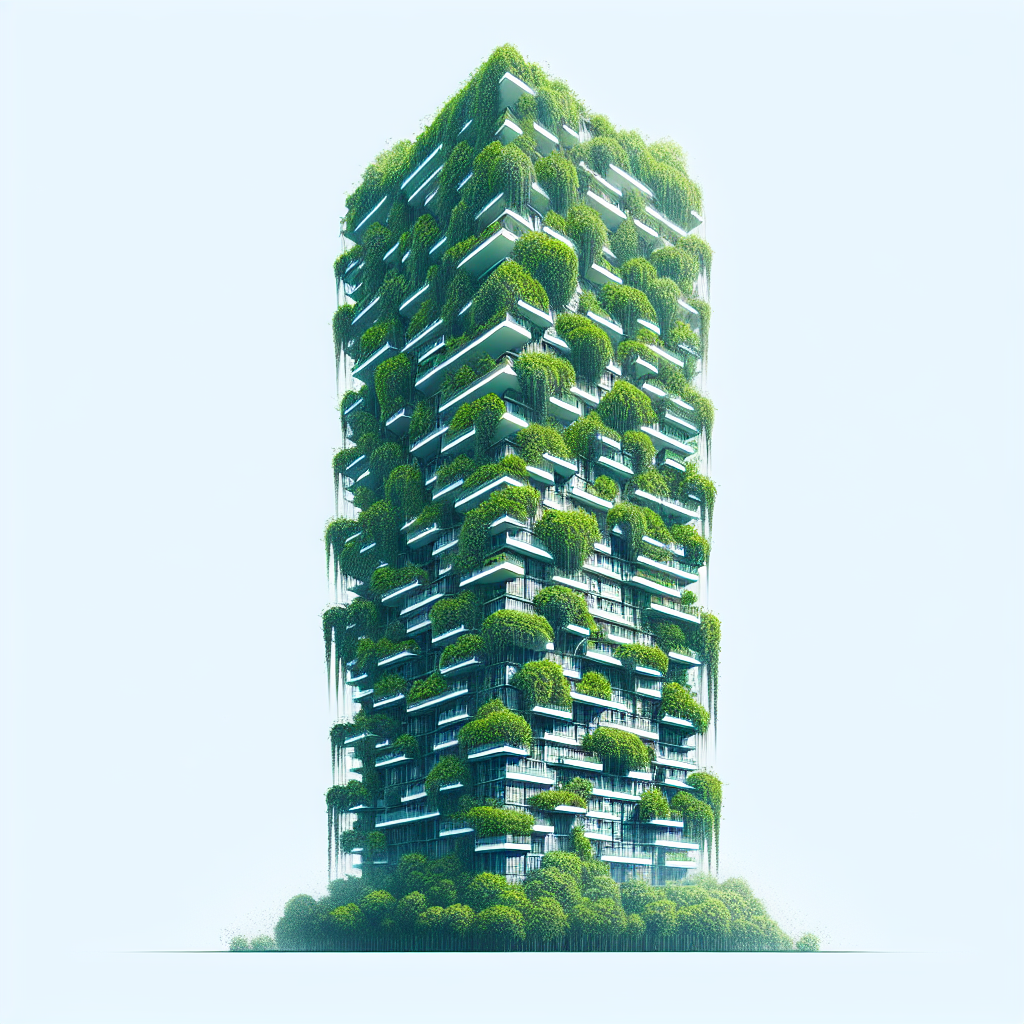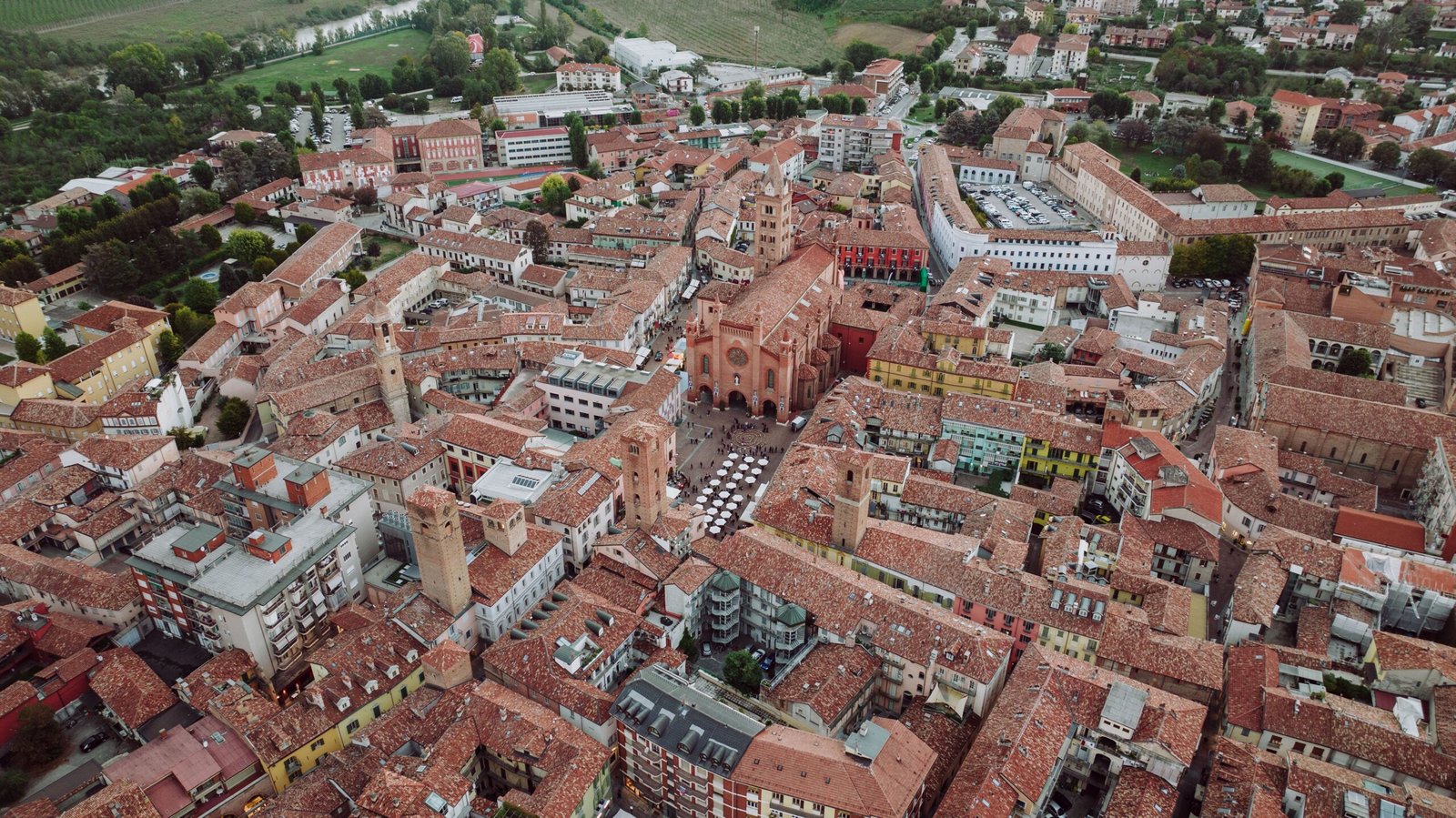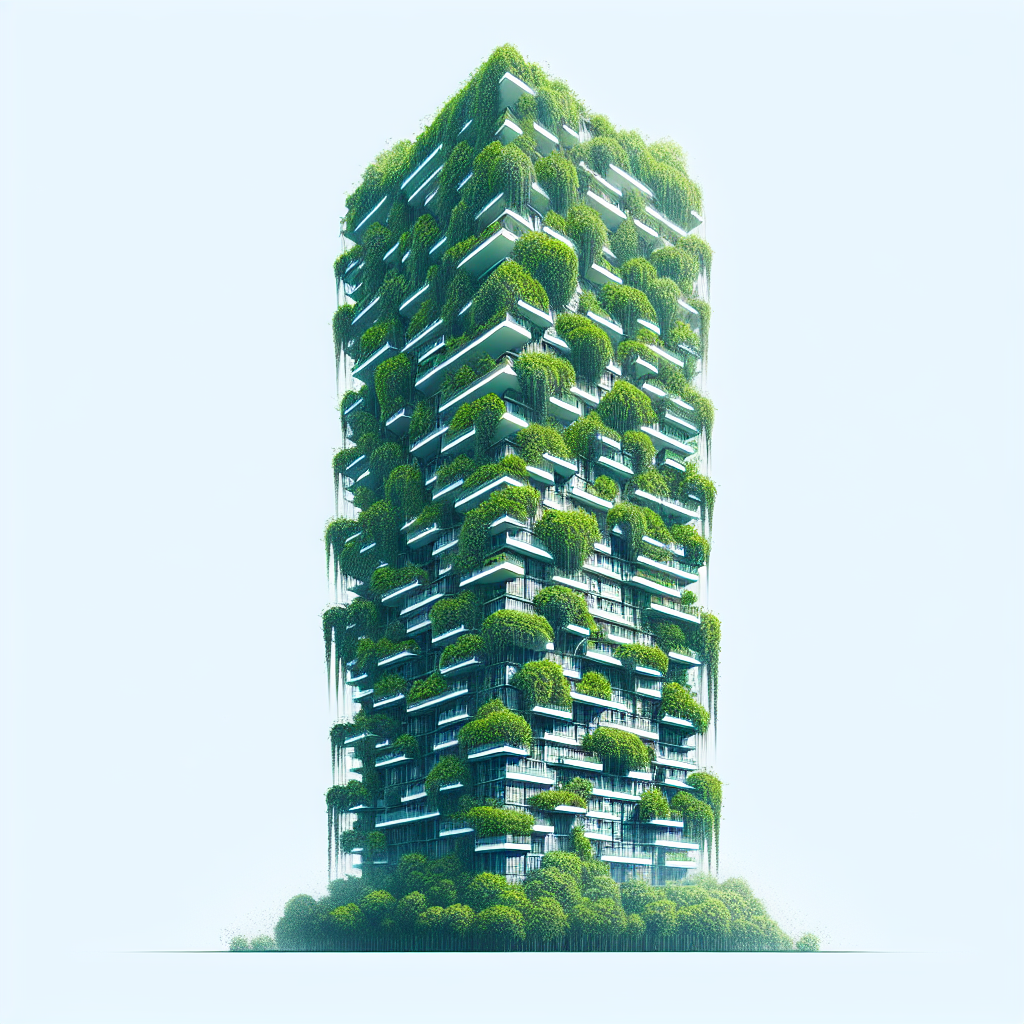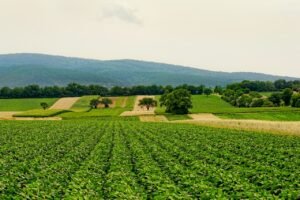
Are you ready to discover the fascinating world of urban farming in high-rise buildings? In this article, we will explore the challenges that arise when implementing agricultural practices in urban environments and explore innovative solutions to overcome them. From limited space and access to natural sunlight, to the need for sustainable irrigation systems, we will navigate the obstacles that urban farmers face and unveil the creative strategies they employ to thrive in these unconventional settings. So grab your green thumb and let’s embark on this exciting journey into the world of urban farming!

Soil Challenges
Limited space for soil
One of the major challenges of urban farming in high-rise buildings is the limited space for soil. Unlike traditional farming, where there is an abundance of land to cultivate crops, urban farming often takes place within a confined space. This poses a significant challenge for providing an adequate amount of soil for plants to grow. The limited space restricts the depth of soil, which can hinder root development and nutrient absorption. Additionally, the space constraint may lead to overcrowding of plants, which can result in competition for resources and stunted growth.
Weight restrictions
Another soil challenge in high-rise urban farming is the weight restrictions imposed by the building structure. In many cases, buildings are designed to support the weight of residents and their belongings, not large quantities of soil. The weight of the soil required for a substantial crop yield can put a strain on the building’s structural integrity. This necessitates careful planning and engineering to ensure that the weight of the soil and the plants does not exceed the building’s load-bearing capacity.
Drainage and irrigation
Proper drainage and irrigation are vital for the success of any farming endeavor, and urban farming in high-rise buildings is no exception. However, due to limited space and restricted access to natural water sources, drainage and irrigation can be significant challenges. Efficient water management systems must be implemented to ensure that excess water is effectively drained away, preventing waterlogging that can lead to root rot and other diseases. Similarly, irrigation systems must be carefully designed to ensure that plants receive adequate amounts of water without causing damage to the building’s infrastructure.
Lighting Challenges
Insufficient natural light
High-rise buildings often suffer from insufficient natural light, particularly for lower-level floors that are surrounded by other buildings. This poses a challenge for urban farmers as plants require an adequate amount of light for photosynthesis and healthy growth. Insufficient natural light can result in stunted growth, weak stems, and pale leaves. It is crucial to address this challenge by exploring alternative lighting solutions, such as artificial grow lights, to supplement natural light and provide plants with the necessary light spectrum for optimal growth.
Artificial lighting costs
While artificial lighting can compensate for the lack of natural light in high-rise buildings, it also comes with its challenges, mainly related to costs. The energy consumption and maintenance costs of artificial lighting systems can be significant, especially for large-scale urban farming operations. Balancing the need for adequate lighting with cost efficiency is a challenge that urban farmers in high-rise buildings must address. This may involve investing in energy-efficient lighting technologies or exploring innovative lighting solutions that minimize energy consumption while providing optimal light intensity for plant growth.
Light penetration in tall buildings
Another lighting challenge posed by high-rise buildings is light penetration. Tall buildings often cast shadows on lower levels, limiting the amount of light that reaches plants located in these areas. This can result in uneven plant growth and an imbalance in crop production. To address this challenge, urban farmers can use reflective surfaces or strategically place plants in areas where they can receive maximum sunlight throughout the day. Additionally, vertical farming techniques can be employed to optimize the use of available light by positioning plants vertically along the building’s walls or using specialized lighting systems.

Water Challenges
Limited water supply
High-rise buildings may face limited access to water sources, especially in densely populated urban areas. This can pose a challenge for urban farmers who rely on a consistent and sufficient supply of water for irrigation. With limited water supply, careful water management becomes crucial, ensuring that every drop is used efficiently. Urban farmers may employ water-saving techniques such as drip irrigation systems or employ alternative water sources like rainwater harvesting to overcome this challenge.
Watering logistics
Unlike traditional farms, where water is readily available from natural sources or irrigation systems, high-rise urban farming requires careful consideration of watering logistics. Carrying water to higher levels or navigating tight spaces can be cumbersome and time-consuming. Developing efficient watering systems and utilizing automation technology can help overcome this challenge. For example, installing vertical irrigation systems or utilizing sensors to monitor soil moisture levels can streamline the irrigation process and minimize the physical effort required for watering.
Water retention and drainage
Proper water retention and drainage are essential for healthy plant growth and preventing water-related issues in high-rise urban farming. The limited space available for soil complicates the water retention process, increasing the risk of waterlogging or inadequate water supply to plants. Implementing appropriate drainage systems that prevent water stagnation and promote proper water flow is crucial. Additionally, employing soil amendments like perlite or vermiculite can enhance water retention and prevent excessive runoff, contributing to improved overall plant health.
Temperature Challenges
Heat buildup in high-rise buildings
High-rise buildings are prone to heat buildup due to factors such as limited air circulation and exposure to intense sunlight. This poses a challenge for urban farmers as excessive heat can stress plants and hinder their growth. To mitigate heat buildup, various strategies can be employed, such as installing shade structures or utilizing reflective materials to deflect sunlight. Additionally, implementing proper ventilation systems or utilizing energy-efficient cooling techniques, such as evaporative cooling, can help maintain optimal temperatures for plant growth.
Temperature regulation
Maintaining consistent temperatures is crucial for urban farming in high-rise buildings, as extreme temperature fluctuations can adversely affect plant health and productivity. Insulation plays a crucial role in regulating indoor temperatures and preventing heat loss during winter or heat gain during summer. Proper insulation materials and techniques, combined with energy-efficient heating and cooling systems, can mitigate temperature challenges and provide a stable environment for plants throughout the year.
Air circulation
Limited air circulation is a common challenge in high-rise buildings, and it can have a detrimental effect on urban farming efforts. Stagnant air can impede the exchange of carbon dioxide and oxygen, hindering photosynthesis and nutrient uptake by plants. To address this challenge, urban farmers can utilize fans, exhaust systems, or natural ventilation techniques to promote air movement and ensure a constant supply of fresh air. This helps maintain optimal growing conditions and minimize the risk of pest and disease infestations.

Pest and Disease Challenges
Limited natural pest control
High-rise urban farming often lacks the natural pest control mechanisms found in outdoor environments. Enclosed spaces and limited biodiversity can result in an increased susceptibility to pest infestations. Without the presence of natural predators, pests can quickly multiply and wreak havoc on crops. To address this challenge, urban farmers must adopt integrated pest management strategies that combine preventive measures, cultural practices, and targeted pesticide applications. Regular monitoring and early detection of pests are essential for preventing infestations and minimizing crop damage.
Disease prevention
Disease prevention is another crucial aspect of urban farming in high-rise buildings. The enclosed and controlled environment can create favorable conditions for the development and spread of plant diseases. Poor air circulation, high humidity, and crowded planting conditions can contribute to the proliferation of pathogens. Implementing strict hygiene practices, such as sterilizing tools and equipment, practicing crop rotation, and ensuring proper sanitation, can help prevent the spread of diseases. Additionally, implementing proper ventilation systems and using disease-resistant plant varieties can further minimize the risk of disease outbreaks.
Pest infestations in enclosed spaces
The confined spaces of high-rise buildings can provide an ideal breeding ground for pests. In addition to pests like aphids, mites, or mealybugs, urban farmers may also encounter unwanted visitors such as rodents or birds. These pests can damage crops, contaminate produce, and undermine the overall success of urban farming efforts. Implementing effective pest control measures, such as using physical barriers, employing pest-proofing techniques, or deploying biological control agents, can help manage pest infestations and maintain a healthy growing environment.
Plant Selection Challenges
Matching plant varieties to environmental conditions
Selecting the appropriate plant varieties is crucial for successful urban farming in high-rise buildings. Different crops have varying requirements regarding light, temperature, humidity, and soil conditions. Urban farmers must carefully consider these requirements and choose plants that are well-suited to the specific environmental conditions of their growing space. Researching and selecting plant varieties that are tolerant of indoor conditions, such as low light levels or limited space, can increase the chances of a successful harvest.
Space constraints
Limited space is a persistent challenge in urban farming, and high-rise buildings are no exception. The vertical nature of high-rise buildings necessitates careful planning and creative use of space to maximize crop yield. Utilizing techniques like vertical farming, hydroponics, or aeroponics can help overcome space constraints by growing plants vertically or without the need for soil. Additionally, selecting compact or dwarf varieties of plants can also optimize space utilization and allow for a greater diversity of crops in a limited area.
Edible versus ornamental plants
Choosing between edible and ornamental plants can pose a challenge for urban farmers in high-rise buildings. While edible plants provide the opportunity for fresh and nutritious produce, ornamental plants can enhance the aesthetics and visual appeal of the growing space. Striking a balance between practicality and visual appeal requires careful consideration of personal preferences, market demand, and space availability. Urban farmers may choose to incorporate a mix of both edible and ornamental plants to create a visually pleasing and productive urban farming environment.

Structural Challenges
Building load-bearing capacity
Urban farming in high-rise buildings involves a significant weight load on the building’s structure due to the soil, containers, and plant growth. Ensuring that the building has sufficient load-bearing capacity to support the additional weight is a critical structural challenge. Building codes and regulations need to be considered, and modifications may need to be made to reinforce the structure or distribute weight more evenly. Engaging with structural engineers and architects is essential to assess the building’s capacity and develop solutions to overcome this challenge.
Structural modifications and costs
In some cases, structural modifications may be necessary to optimize the space for urban farming. This can involve adding reinforcements to support the weight of soil and plants, installing vertical farming systems, or creating designated areas for farming. However, structural modifications can be costly and may require approval from building management or local authorities. Urban farmers must carefully evaluate the financial feasibility and long-term benefits of such modifications to ensure that the investment is justifiable.
Vertical farming technology
Utilizing vertical farming technology can help address various structural challenges in high-rise urban farming. Vertical farming involves growing plants in vertically stacked layers, utilizing artificial lighting and hydroponics or aeroponics systems. This innovative technology allows for efficient use of space, reduces the strain on building structures, and provides optimal growing conditions for plants. Implementing vertical farming technology may require initial investment and expertise, but it offers a sustainable solution to overcome structural constraints and maximize crop production in high-rise buildings.
Labour Challenges
Limited accessibility
Working in high-rise buildings can pose logistical challenges for urban farmers, primarily related to limited accessibility. Carrying equipment, supplies, or harvested produce up and down multiple floors can be physically demanding and time-consuming. Navigating small elevators or staircases may also hinder efficient workflow. To overcome these challenges, urban farmers can utilize dedicated service elevators, implement proper storage solutions near the growing areas, and optimize workflow processes to minimize the need for frequent trips between floors.
Labour-intensive maintenance
Urban farming in high-rise buildings often requires intensive maintenance efforts due to the controlled environment and limited access to natural resources. Regular monitoring, watering, pruning, and pest management are essential tasks that can be time-consuming and labor-intensive. Urban farmers must have sufficient manpower to handle these maintenance activities effectively. Investing in training and developing skilled personnel can help optimize productivity and ensure the overall success of high-rise urban farming operations.
Training and expertise
High-rise urban farming often involves specialized techniques and knowledge that may require training and expertise. Proper understanding of plant biology, hydroponics or aeroponics systems, lighting technologies, and pest management strategies is crucial for successful urban farming. Access to training resources, workshops, or professional courses can help urban farmers acquire the necessary skills and expertise to overcome labor challenges effectively. Collaboration and knowledge sharing with other urban farmers or agricultural experts can also foster learning and continuous improvement in high-rise urban farming practices.

Cost Challenges
High initial investment
Starting an urban farm in a high-rise building requires a significant initial investment. Costs may include structural modifications, lighting systems, irrigation infrastructure, growing containers, and other equipment. Additionally, expenditures related to obtaining permits, licenses, or professional consultations further add to the initial investment. Urban farmers must carefully evaluate the financial feasibility and develop a comprehensive business plan to secure funding and ensure a sustainable return on investment.
Maintenance and operational costs
Apart from the initial investment, high-rise urban farming also entails ongoing maintenance and operational costs. These costs include utilities such as electricity and water, maintenance of equipment and infrastructure, regular replacement of growing media or supplies, pest control measures, and labor wages. Proper budgeting and financial planning are crucial to manage these costs effectively and achieve profitability in urban farming. Exploring energy-efficient technologies, utilizing water-saving practices, and optimizing labor utilization can help reduce maintenance and operational expenses.
Return on investment
Achieving a satisfactory return on investment is a significant challenge in high-rise urban farming. The initial investment and ongoing costs must be carefully balanced with the revenue generated from the sale of crops or value-added agricultural products. Market demand, pricing, and market access are essential factors that influence the profitability of urban farming ventures. Urban farmers may need to explore diverse marketing channels, such as farmers markets, local restaurants, or online platforms, to maximize their reach and profitability. Additionally, continuous innovation and adaptation to changing market trends can enhance the chances of attaining a favorable return on investment.
Community Challenges
Neighborhood acceptance and support
Building community acceptance and garnering support for high-rise urban farming can be a challenge. Some residents may be unfamiliar with the concept or have concerns regarding potential issues such as noise, pests, or odors. Engaging with the local community and educating them about the benefits of urban farming, such as fresh produce availability or greening the neighborhood, can help alleviate concerns and gain support. Collaborating with community leaders, organizing workshops or events, and creating open spaces for interaction can foster community engagement and make high-rise urban farming a shared endeavor.
Knowledge sharing and collaboration
Sharing knowledge and collaborating with other urban farmers or agricultural experts is vital for overcoming challenges and driving innovation in high-rise urban farming. However, the vertical nature of high-rise buildings can sometimes hinder interactions and limit the exchange of ideas. Creating platforms for knowledge sharing, such as online forums or physical meetups, can facilitate communication and collaboration among urban farmers. Sharing experiences, troubleshooting challenges, and collectively finding solutions can help the urban farming community grow and thrive.
Community involvement
Involving the local community in high-rise urban farming activities can foster a sense of ownership and connection. Community involvement can take many forms, such as organizing volunteer opportunities, offering educational programs or workshops, or creating community gardens within the building. These initiatives not only enhance community engagement and social cohesion but also provide opportunities for individuals to learn about sustainable agriculture and develop a deeper appreciation for the food they consume. Community involvement can transform high-rise urban farming from a solitary endeavor into a shared community experience.
In conclusion, urban farming in high-rise buildings presents a unique set of challenges that must be addressed to ensure its success. From soil limitations to pest management, lighting challenges to structural modifications, and community engagement to return on investment, urban farmers must navigate numerous obstacles to create a thriving urban agriculture system. However, with the right strategies, technologies, and community support, urban farming in high-rise buildings can contribute to sustainable food production, enhance green spaces within cities, and create a more resilient and interconnected community.







